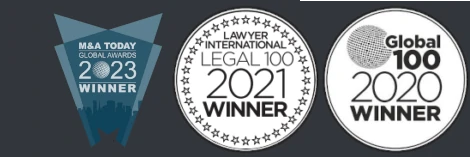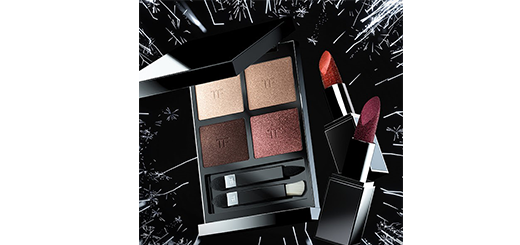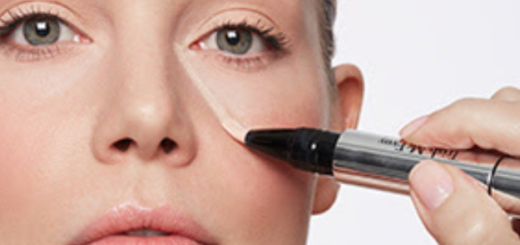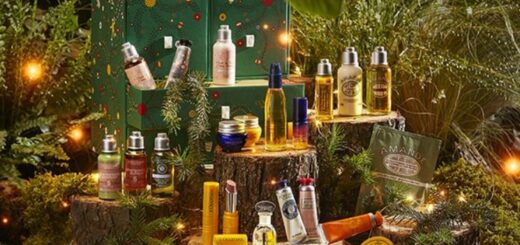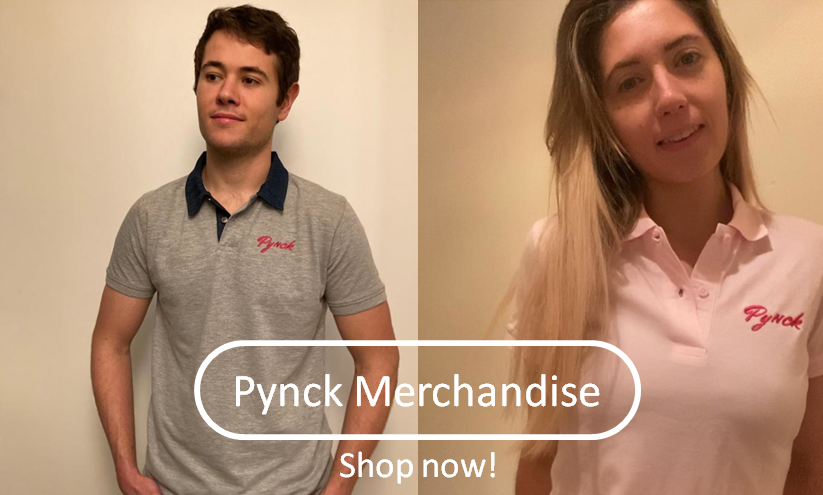Gender-inclusive Beauty
Since the earliest human civilizations, people of all genders have been adorning themselves with what we would consider ‘makeup.’ Both the ancient Babylonians and the Incas were known to paint their nails before battle in a display of masculinity. Egyptian men lined their eyes with kohl, while everyone in the French court of Versailles was expected to wear wigs and elaborately painted faces. However, for many years now, brands have become accustomed to marketing beauty and personal care products along strict gender lines. From the colour of shaving razors, to the scents of deodorant, to even language like ‘grooming,’ the industry has not-so-subtly signalled who should be using what. However, younger generations have a broader understanding of gender. In 2019, a Pew Survey of Americans found that 59% of Generation Z believed that people should have options other than ‘male’ and ‘female’ when filling out forms. In 2018, only 37% of baby boomers said the same. The history of beauty standards is also a history of gender norms, which after decades of rigid rules for men and women, seem like they are finally relaxing for good.

Many of the brands that are most popular with younger consumers like Glossier and Fenty Beauty feature a diverse representation of models and influencers on social media—people across a spectrum of skin tones and gender expression. Charlotte Tilbury’s Healthy Glow Hydrating Tint is designated as unisex. The brand is also promoting a selection of products for Father’s Day. MAC Cosmetics was one of the first pioneers in gender inclusive makeup, since launching its Viva Glam campaign in 1994, with drag queen icon RuPaul Charles as their first ambassador. They have always been a brand by their own words, ‘For all ages. All races. All genders.’ Newer brands like Very Good Light and We are Fluide are continuing this legacy more directly. Co-founder and CEO, Laura Kraber, tells the Washington Post that their goal is to ‘evolve the mainstream conception of beauty while creating a space for people to express themselves authentically.’ They generally believe that ‘gender is more of a constellation than an extreme of one or the other.’
Other brands have made it their mission to explicitly bring men into the fold. Luxury brands like Tom Ford for Men and ‘Boy de Chanel’ have a polished range of makeup and skincare. Stryx offers an understated collection of products like tinted moisturizer, beard gel and lip balm. War Paint for Men has application tutorials for getting new foundation wearers up to speed and partners with professional footballers and celebrity makeup artists to promote their products. Last month, former professional baseball player Alex Rodriguez, launched a ‘blur stick’ concealer product with men’s wellness brand Hims.
Over the pandemic, skincare sales have fared significantly better than makeup sales, as people simplified back their daily looks. As the enthusiasm for skincare has grown, men are also taking an interest. The global market size for men’s skincare products is expected to reach $18.92 billion by 2027. Brands like the Ordinary, with minimal branding and clinical-looking packaging, are implicitly inviting to everyone. This paired-back trend will serve brands well, as glowing skin is becoming a beauty standard that people of all genders want a part of.
From the earliest days of beauty vlogs, social media has always been a place of peer-to-peer learning and experimentation. People like James Charles, CoverGirls’ first ‘CoverBoy,’ Patrick Starr, and Manny Gutierrez, have long stood for gender inclusivity in the beauty space. Now there are hundreds of male-identifying beauty bloggers and influencers. Instagram has put these conversations in front of the eyes of big brand owners and steadily the sector is adapting. The power of beauty and self-care is becoming something for everyone can embrace if they choose to.
